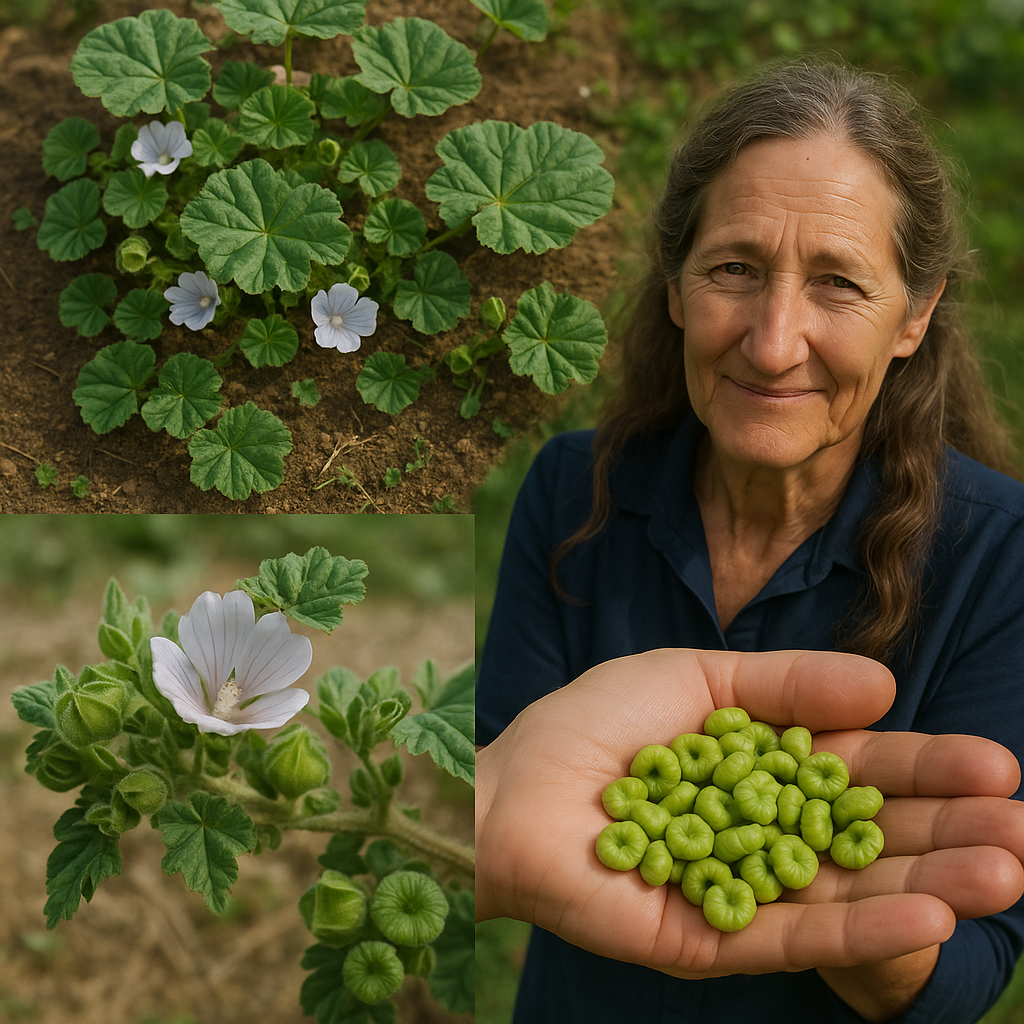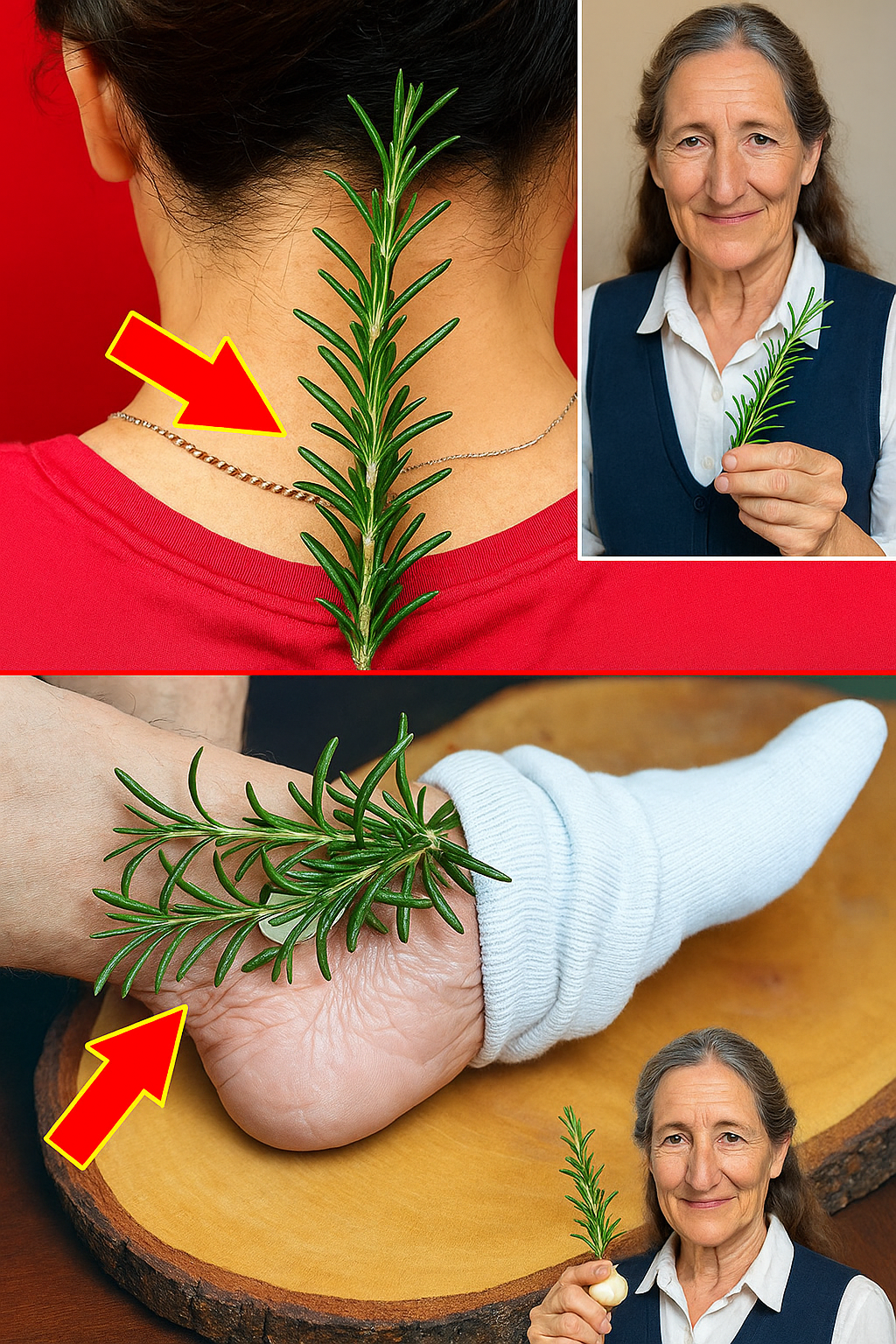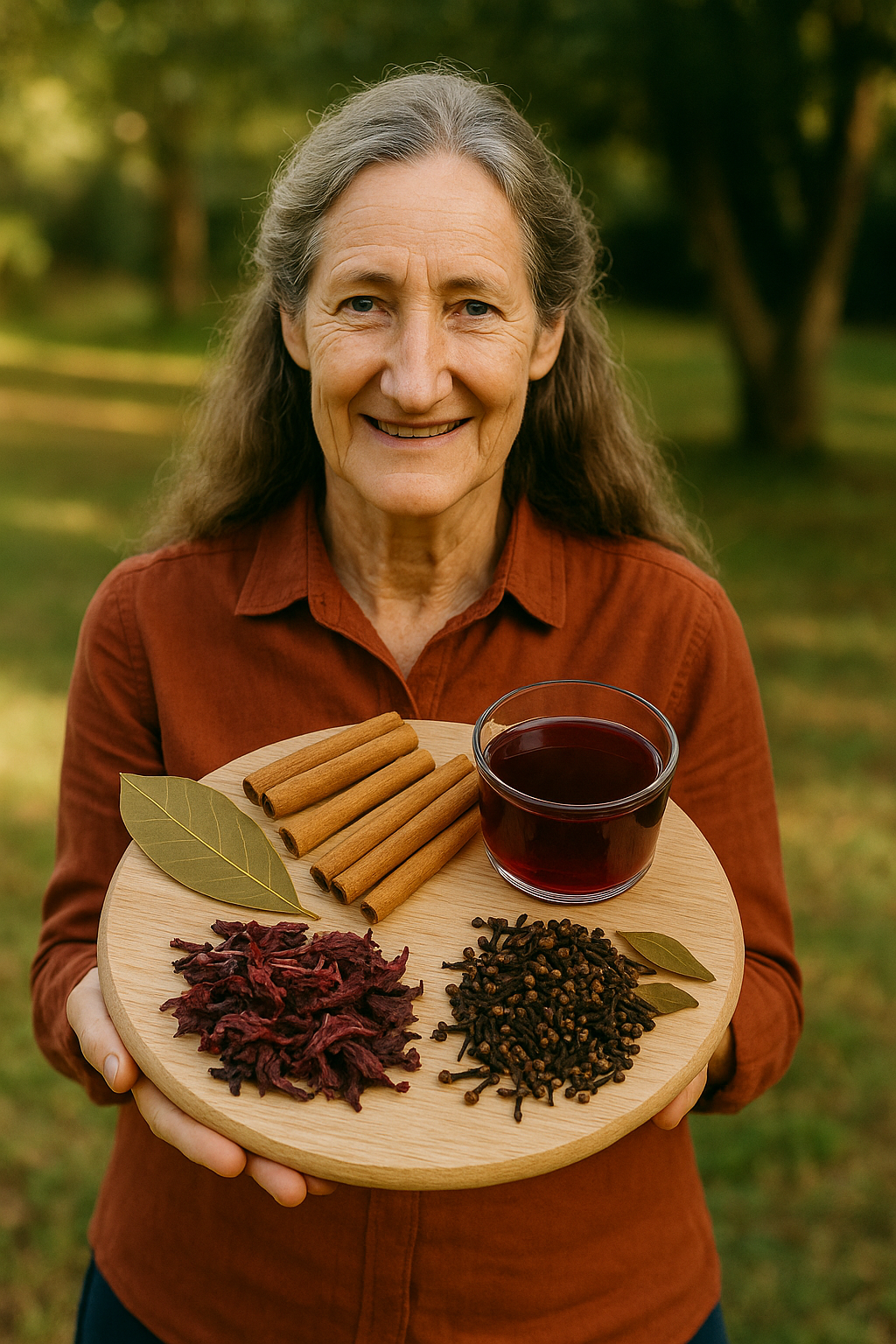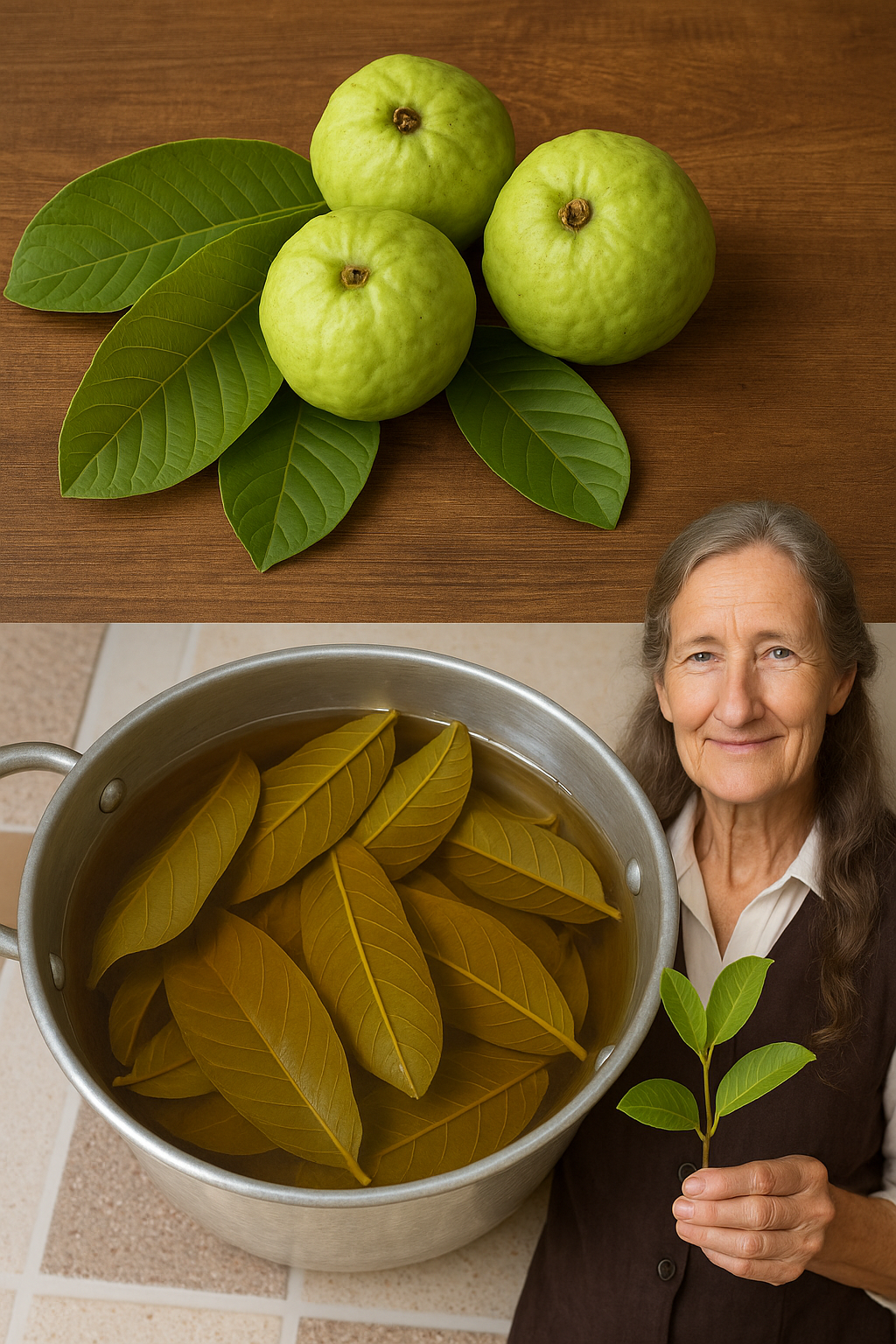Ever walked past a wildflower and had no idea it held secrets passed down for centuries? That’s the story of mallow — a plant that looks humble but hides a wealth of natural healing power. You might be surprised to learn that this unassuming herb has been cherished in traditional remedies for everything from skin inflammation to digestive discomfort. But what exactly makes mallow so special?
Let’s uncover the remarkable properties of this ancient plant and how it could support your health in gentle yet powerful ways.

🌸 What Is Mallow and Why Should You Care?
Mallow, scientifically known as Malva sylvestris, is a flowering plant often found growing wild along roadsides and in meadows. But behind its delicate purple blossoms lies a complex mix of natural compounds that have drawn the attention of both herbalists and modern wellness seekers.
Inside its leaves, stems, and flowers, mallow contains beneficial substances like arabinose, rhamnose, and small amounts of tannins. These natural elements may help soothe irritation, calm inflammation, and support the body’s natural healing processes.
💧 A Natural Emollient for Skin and Mucous Membranes
One of mallow’s most recognized traits is its ability to moisturize and soften. Rich in mucilage — a thick, gel-like substance — mallow works as a natural emollient. That means it may help soothe dry, inflamed, or irritated tissues both internally and externally.
People have used mallow to ease:
- Chapped or inflamed skin
- Mouth sores or gum irritation
- Throat discomfort from dryness or overuse
This natural soothing action is one reason why mallow has long been added to infusions, compresses, and even homemade skin balms.
🌬️ Traditional Remedy for Coughs and Chest Tightness
Ever heard your grandmother talk about herbal teas for cough? Mallow has often been used in folk medicine for just that. Its mucilaginous texture may coat the throat and provide relief from dry, tickly coughs. Many people find that drinking a warm mallow infusion helps ease irritation and supports clearer breathing during seasonal discomfort.
While it’s not a pharmaceutical treatment, the plant’s natural soothing action makes it a comforting ally during cold weather or dry indoor seasons.
🌱 Supports Digestive Ease in a Gentle Way
When taken as a tea or infusion, mallow may help ease mild digestive discomfort. Its gentle, mucilage-rich nature has been traditionally used to:
- Calm irritated intestines
- Support smooth bowel movements
- Soothe minor inflammation in the gut lining
Some traditional preparations even used mallow as a supportive rinse for mild rectal discomfort or for enema cleansing during periods of digestive imbalance. Its use in these practices highlights its role as a calming, coating herb for sensitive areas of the body.
🔥 Help with Boils, Blemishes, and Minor Skin Troubles
Applied externally, mashed mallow leaves or flower poultices have long been used to draw out impurities from the skin. If you’ve dealt with a boil or painful pimple, imagine a natural herb that could provide a soft cooling sensation while reducing inflammation — that’s what traditional healers believed mallow could offer.
Many people create simple compresses using warm mallow tea and apply them to:
- Red, swollen blemishes
- Irritated insect bites
- Tender skin caused by friction or minor burns
🌼 A Gentle Herb for Daily Use
What sets mallow apart from many other herbs is how mild and non-aggressive it is. That’s why it has remained popular across generations. Whether you’re young, aging, or managing sensitivity, mallow can usually be used without harsh effects. It’s often combined with other herbs like chamomile or licorice for added comfort and harmony.
🥣 How to Prepare Mallow for Home Use
If you’re curious to experience the gentle support of mallow, here’s a simple way to start:
💧 Mallow Tea Recipe
- 1 tablespoon of dried mallow leaves and flowers
- 1 cup of hot water
Let steep for 10–15 minutes, then sip slowly. Best taken warm, especially during cold evenings or before bed.
For external use, you can soak a clean cloth in the tea and use it as a warm compress on irritated skin.

🧘♀️ A Plant That Speaks to the Body’s Need for Calm
In today’s fast-paced world, where stress often shows up on our skin, in our digestion, and in our breath, mallow offers a return to simplicity. It whispers to the body: calm down, rest, restore. Whether used in a tea, a skin wash, or a traditional poultice, this plant brings softness and balance in a world that often feels harsh.
💚 Final Thoughts: Nature’s Hidden Treasure
Mallow might not be the loudest herb on the shelf. It doesn’t burn like ginger or smell like mint. But it has quietly earned a place in herbal traditions around the world — not because it forces change, but because it encourages healing.
If you’re drawn to natural ways of supporting your health, especially methods that are gentle, soothing, and timeless, mallow deserves a space in your wellness routine. Just one cup of tea, one soothing compress, or one moment with this humble flower may remind your body of its own strength — and the power of nature’s softest touch.


